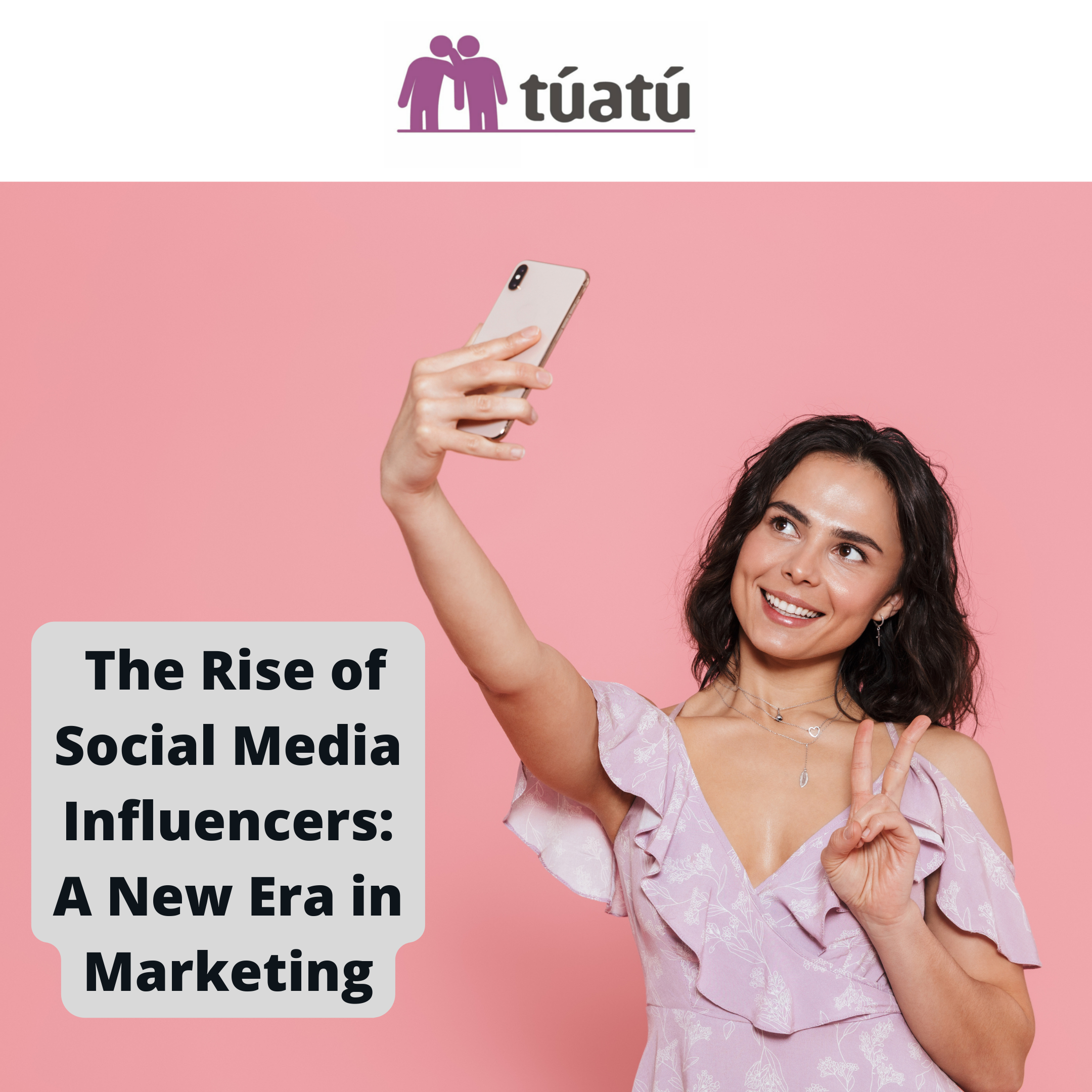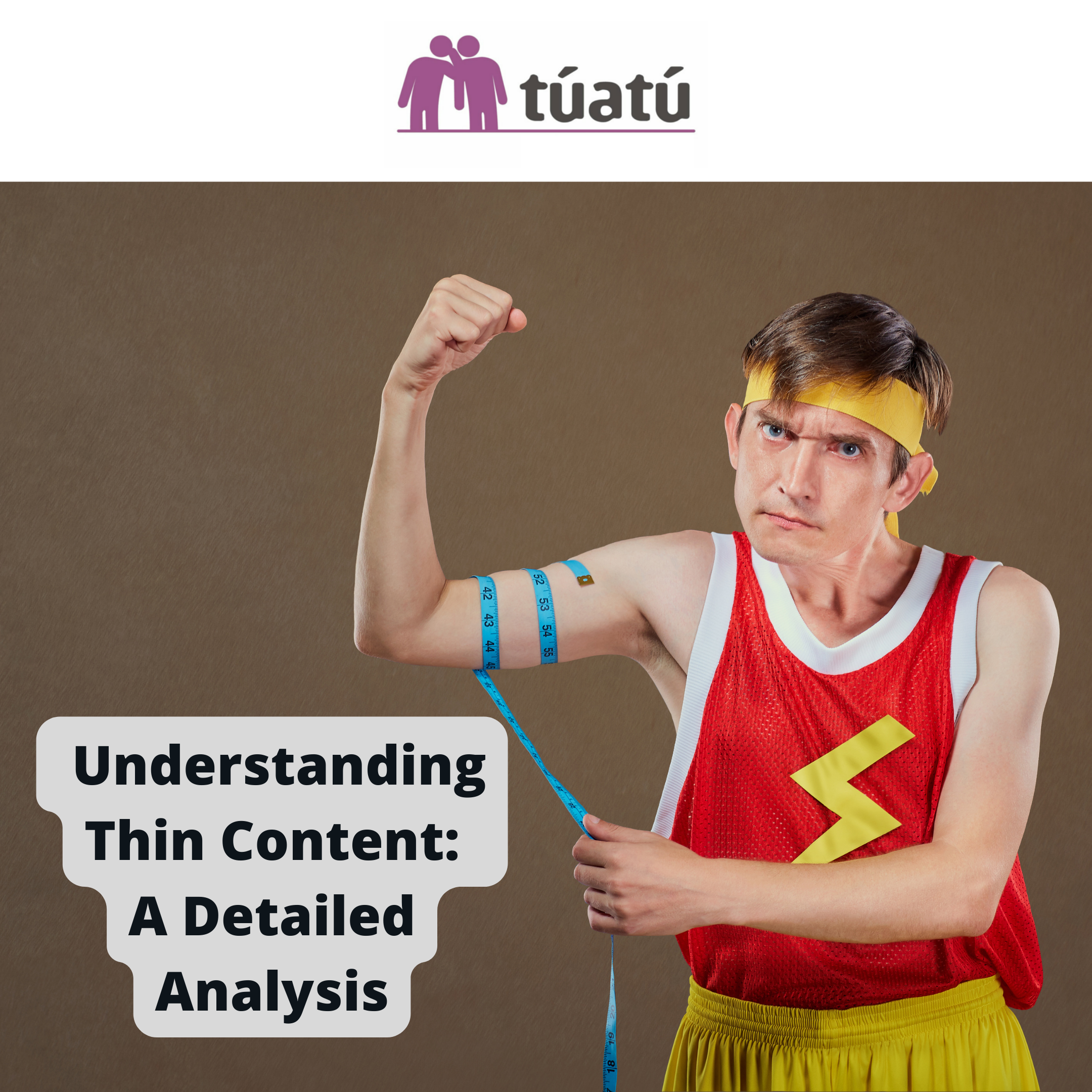Thin content is a common issue encountered during website audits, often associated with pages containing minimal substance. There's a prevalent belief that to rank well, a minimum of 300 words is necessary. But is this the case? Today, let's delve into thin content, exploring what Google defines as low-value content and how to identify it.
What is Thin Content?
Thin, in English, means slim or lacking in density. Therefore, "thin content" refers to material with little substance. This interpretation often leads to misconceptions. The idea that articles must meet a 300-word minimum for ranking likely stems from this notion. However, thin content isn't solely about quantity.
Google considers thin content to be low-quality, irrespective of its length. Despite encountering lengthy articles, only a fraction may be valuable. Thus, thin content extends beyond mere brevity.
What Does Google Consider Thin Content?
Thin content, according to Google, involves spam-like creation, generating material that fails to benefit users. Characteristics of such low-quality content include:
1. Automatically Generated Content:
Automatically generated content isn't inherently thin; rather, it's the lack of originality and value that defines it. For instance, scraped and poorly translated text, keyword stuffing, and unenriched copied content fall into this category.
2. Affiliate Websites Without Value Addition:
Affiliate websites can be valuable if they offer additional insights like comparisons, opinions, or informative content aiding purchasing decisions. Google emphasizes the importance of adding value to such sites.
3. Copied Content:
Content is deemed thin when it's copied from other sources without enhancement or added value. Whether manually copied or extracted through automation, replicating content without enrichment is considered thin.
Google's stance remains consistent: copying isn't inherently wrong, but providing value is crucial.
Impact of Thin Content on SEO
Generating low-value content can have severe repercussions on SEO, including:
- Increased bounce rates and pogo-sticking due to unsatisfactory content.
- Gradual decline in rankings as Google perceives the content as low quality.
- Difficulty in acquiring natural backlinks.
- Risk of manual penalties.
- Failure to enhance E-A-T (Expertise, Authoritativeness, Trustworthiness), undermining user trust.
Thin content undermines long-term visibility and brand credibility. Brands relying on shallow content risk being overlooked by users seeking trustworthy sources.
Detecting Thin Content
Identifying thin content is crucial for rectification. Several methods can aid in detection:
1. Google Search Console:
Google Search Console provides insights into indexed and non-indexed pages, flagging URLs with thin content.
2. Semrush Content Audit:
Semrush offers content audits, highlighting pages with low-value content for improvement.
3. Copyscape and AI Detection Tools:
Tools like Copyscape help identify copied content, while AI detection tools can recognize artificially generated content.
Content Generated by AI: A Growing Concern
The rise of AI-generated content presents new challenges. While AI tools offer efficiency, they often lack personality and originality. Although their accuracy improves over time, they currently produce generic content lacking human touch.
In an era where E-A-T holds significance, AI-generated content may impact content quality and brand trust. As AI adoption grows, creators must adapt to maintain relevance.
Conclusion
Google's definition of thin content as material lacking value is clear. Generating substantial content is essential to avoid penalties and maintain credibility. While references exist, creating original content remains a challenge. Thin content, ultimately, is undetected plagiarism—a risk not worth taking. Creating value-rich content safeguards against penalties and establishes brand integrity in an increasingly competitive digital landscape.















